Home>Gardening & Outdoor>Landscaping Ideas>How To Plant Buffalo Grass
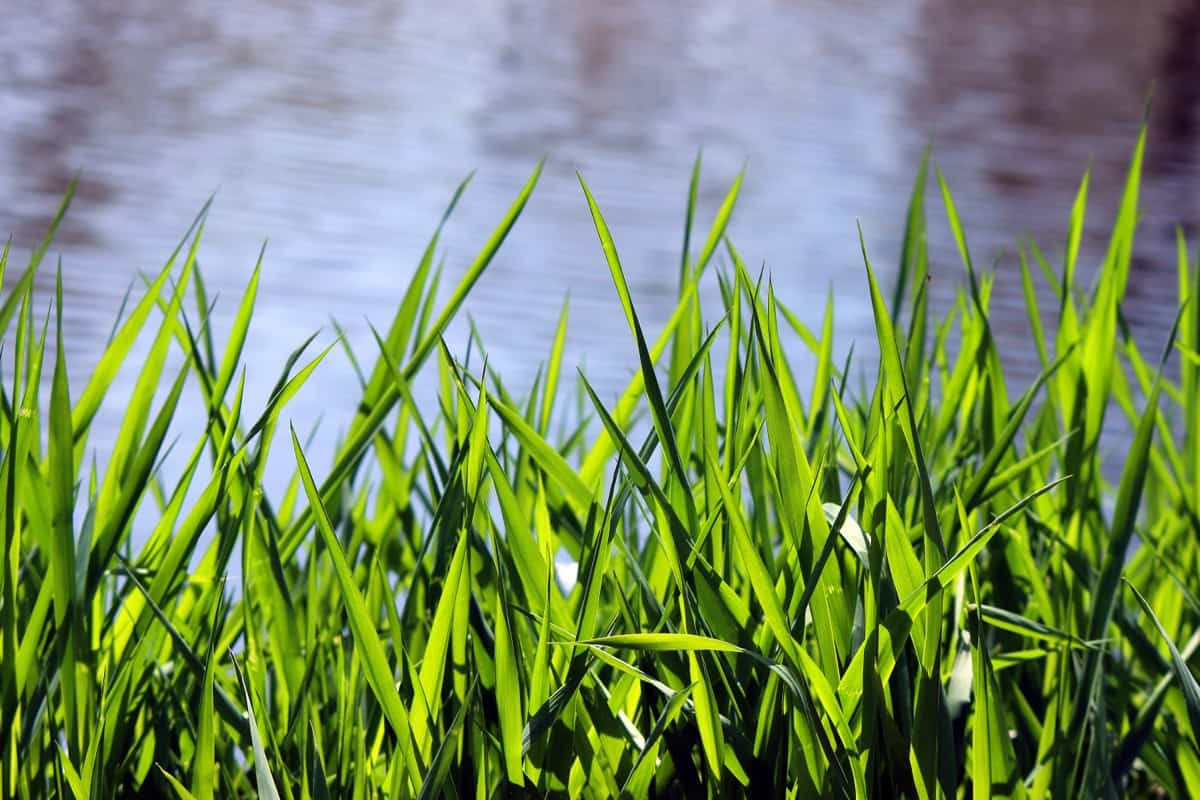

Landscaping Ideas
How To Plant Buffalo Grass
Modified: February 18, 2024
Learn how to plant buffalo grass with our landscaping ideas. Discover the best practices for growing and maintaining a beautiful buffalo grass lawn. Start your landscaping project today!
(Many of the links in this article redirect to a specific reviewed product. Your purchase of these products through affiliate links helps to generate commission for Storables.com, at no extra cost. Learn more)
Introduction
Read more: How To Plant Buffalo Grass Seed
Introduction
Welcome to the world of buffalo grass, a resilient and low-maintenance turfgrass that has gained popularity for its exceptional drought tolerance and lush green appearance. In this comprehensive guide, we will explore the step-by-step process of planting buffalo grass, from selecting the ideal location to ongoing maintenance tips. Whether you're a seasoned gardener or a novice enthusiast, cultivating a thriving buffalo grass lawn can be a rewarding endeavor.
Buffalo grass, scientifically known as Buchloe dactyloides, is a warm-season grass native to the North American prairies. Its remarkable ability to withstand harsh environmental conditions makes it a sought-after choice for landscaping projects, especially in regions with hot, arid climates. As we delve into the intricacies of planting and nurturing buffalo grass, you'll discover the key considerations that contribute to its successful establishment and long-term vitality.
Join us on this journey as we uncover the secrets to cultivating a vibrant buffalo grass lawn that not only enhances the aesthetic appeal of your outdoor space but also requires minimal upkeep. Whether you're aiming to create a picturesque landscape or seeking an eco-friendly alternative to traditional turfgrasses, buffalo grass presents an array of benefits that make it a standout choice for any discerning homeowner. Let's embark on this horticultural adventure and unlock the full potential of buffalo grass cultivation.
Key Takeaways:
- Planting buffalo grass requires choosing a sunny, well-drained location, preparing the soil, and watering and maintaining it properly. This resilient grass can thrive with minimal upkeep, enhancing any outdoor space.
- By following the right planting and maintenance techniques, you can cultivate a lush and enduring buffalo grass lawn. Its exceptional drought tolerance and low-maintenance nature make it a standout choice for sustainable landscaping.
Choosing the Right Location
When embarking on the journey of planting buffalo grass, selecting the optimal location is a pivotal first step. Buffalo grass thrives in full sunlight, making it imperative to identify an area in your landscape that receives ample sunshine throughout the day. Aim for a spot with at least six to eight hours of direct sunlight, as this will facilitate the grass’s photosynthetic processes and promote healthy growth.
Furthermore, consider the soil drainage in the chosen location. Buffalo grass flourishes in well-drained soil and is susceptible to issues when planted in areas with poor drainage. To assess the soil’s drainage capacity, perform a simple percolation test by digging a hole and observing how quickly water is absorbed. Ideally, the water should infiltrate the soil within a few hours, indicating suitable drainage for buffalo grass.
Another crucial factor to evaluate is the soil pH. Buffalo grass thrives in slightly acidic to neutral soil with a pH range of 6.0 to 7.5. Conduct a soil test to determine the pH level of the prospective planting area, and amend the soil as needed to achieve the optimal pH for buffalo grass cultivation.
Consider the surrounding landscape and potential obstacles that may impact the buffalo grass’s growth. Ensure that the chosen location is free from competing tree roots, as these can impede the grass’s establishment and compete for essential nutrients and moisture. Additionally, assess the area for potential shading from buildings or structures, as buffalo grass requires uninterrupted sunlight to flourish.
By carefully assessing and selecting the right location for planting buffalo grass, you set the stage for a successful and thriving lawn. The ideal location will provide the necessary sunlight, well-drained soil, and conducive environmental conditions that are essential for buffalo grass to establish robust roots and develop into a resilient and visually appealing landscape feature.
Preparing the Soil
Before planting buffalo grass, it is essential to prepare the soil to create an optimal environment for successful germination and growth. Start by clearing the designated area of any debris, rocks, or existing vegetation. This process allows for a clean and unobstructed surface for the buffalo grass seeds to take root and thrive.
Next, perform a soil test to assess the soil’s composition and nutrient levels. This analysis provides valuable insights into any deficiencies or imbalances that may hinder the buffalo grass’s development. Based on the soil test results, amend the soil as necessary by incorporating organic matter, such as compost or well-rotted manure, to improve its structure and fertility.
Once the soil has been cleared and amended, it’s time to address any compaction issues. Aerating the soil promotes better air and water penetration, creating a hospitable environment for the buffalo grass roots to establish themselves. Depending on the size of the planting area, consider using a core aerator or a pitchfork to loosen the soil and alleviate compaction.
After aerating, utilize a rake to level the soil surface, ensuring a uniform and smooth foundation for planting. Pay attention to any uneven areas and gently redistribute the soil to achieve a consistent grade, which facilitates uniform seed coverage and subsequent growth.
Prior to sowing the buffalo grass seeds, it’s advisable to lightly roll the soil to firm it up, promoting good seed-to-soil contact. This step aids in seed germination and minimizes the risk of seeds being dislodged or buried too deeply in loose soil. Avoid excessive compaction, as this can impede seedling emergence and root development.
By diligently preparing the soil, you create an optimal substrate for the successful establishment of buffalo grass. The meticulous attention to soil quality and structure sets the stage for robust growth and ensures that the buffalo grass seeds have the best possible conditions to germinate, take root, and flourish into a vibrant and resilient lawn.
Planting Buffalo Grass
Planting buffalo grass is an exciting endeavor that requires careful attention to detail and a strategic approach to ensure successful establishment. Whether you opt for seeding or sodding, the following steps will guide you through the process of planting buffalo grass and nurturing its growth into a lush and resilient lawn.
Seeding:
If you choose to plant buffalo grass from seed, it’s essential to sow the seeds at the right time. For warm-season grasses like buffalo grass, the optimal time for seeding is during the late spring or early summer when soil temperatures are consistently above 60°F (15.5°C). This favorable temperature range promotes rapid germination and robust seedling development.
Prepare the seeds by mixing them with a carrier, such as sand, to facilitate even distribution. Use a broadcast spreader or a handheld seeder to sow the buffalo grass seeds evenly across the prepared soil surface. After broadcasting the seeds, lightly rake the soil to cover the seeds with a thin layer of soil, ensuring good seed-to-soil contact.
Sodding:
If you opt for sod installation, ensure that the sod is fresh and healthy, free from weeds and diseases. Lay the sod in a staggered pattern, similar to brickwork, to minimize visible seams and promote seamless integration. Gently press the sod into the soil to eliminate air pockets and establish solid contact between the sod and the prepared ground.
After seeding or sodding, water the area thoroughly to facilitate seed germination or sod establishment. Keep the soil consistently moist but not waterlogged during the initial stages of growth. Once the buffalo grass has established itself, gradually transition to a deep and infrequent watering schedule to encourage deep root development and drought tolerance.
As the buffalo grass begins to grow, refrain from mowing until the grass reaches a height of 3 to 4 inches (7.6 to 10.2 cm). This allows the grass to develop strong roots and ensures that it can withstand regular mowing without stress. When mowing, maintain a recommended height of 2 to 3 inches (5.1 to 7.6 cm) to promote a healthy and dense turf.
By following these planting guidelines, you can foster the successful establishment of buffalo grass, setting the stage for a vibrant and resilient lawn that enhances the beauty of your outdoor space while requiring minimal maintenance.
Water buffalo grass immediately after planting to help establish its roots. Keep the soil consistently moist for the first few weeks, then gradually reduce watering as the grass becomes established.
Read more: When Is The Best Time To Plant Buffalo Grass
Watering and Maintenance
Proper watering and maintenance practices are essential for nurturing a thriving buffalo grass lawn and ensuring its long-term vitality. By adhering to a well-defined watering regimen and implementing strategic maintenance techniques, you can promote lush growth, enhance drought tolerance, and preserve the visual appeal of your buffalo grass landscape.
Watering:
During the initial stages of establishment, it’s crucial to provide consistent moisture to the buffalo grass to support root development and encourage healthy growth. Water the newly planted area regularly, keeping the soil evenly moist but not waterlogged. As the buffalo grass becomes established, gradually transition to a deep and infrequent watering schedule to promote deep root growth and drought resistance.
Monitor the soil moisture levels and adjust the watering frequency based on environmental conditions. During periods of prolonged drought or excessive heat, be attentive to the grass’s water needs and supplement rainfall with additional irrigation as necessary. Avoid overwatering, as this can lead to shallow root systems and increased susceptibility to stress and diseases.
Maintenance:
Regular maintenance practices play a crucial role in preserving the health and aesthetic appeal of buffalo grass. Mowing is an integral aspect of maintenance, and it’s important to adhere to the recommended mowing height of 2 to 3 inches (5.1 to 7.6 cm) to promote a dense and resilient turf. Avoid removing more than one-third of the grass blade length in a single mowing session to prevent stress and maintain the grass’s vigor.
Periodic fertilization is beneficial for buffalo grass, providing essential nutrients that support vigorous growth and vibrant color. Utilize a balanced fertilizer with a nitrogen-phosphorus-potassium (N-P-K) ratio tailored to warm-season grasses. Apply the fertilizer according to the manufacturer’s recommendations, typically during the active growing season, to fortify the buffalo grass with vital nutrients.
Regular dethatching and aeration contribute to a healthy buffalo grass lawn by preventing thatch buildup and enhancing soil aeration. These practices promote better water and nutrient penetration, fostering robust root development and overall turf resilience. Implement dethatching and aeration as needed, typically during the spring or early summer, to maintain optimal turf health.
By embracing a comprehensive approach to watering and maintenance, you can cultivate a vibrant and enduring buffalo grass lawn that serves as a testament to your horticultural prowess and dedication to nurturing a sustainable and visually captivating landscape.
Conclusion
Cultivating a thriving buffalo grass lawn is a gratifying journey that encompasses careful planning, diligent execution, and ongoing maintenance. As you embark on this horticultural endeavor, it’s essential to recognize the inherent resilience and exceptional qualities of buffalo grass, a warm-season turfgrass that has captured the admiration of homeowners and landscaping enthusiasts alike.
By selecting the right location characterized by ample sunlight, well-drained soil, and conducive environmental conditions, you lay the foundation for successful buffalo grass cultivation. The meticulous preparation of the soil sets the stage for optimal seed germination or sod establishment, ensuring that the buffalo grass can take root and flourish into a resilient and visually captivating lawn.
Throughout the planting process, from seeding to sodding, attention to detail and adherence to best practices are paramount. By providing consistent moisture, implementing strategic maintenance techniques, and fostering deep root development, you can nurture a vibrant buffalo grass landscape that thrives in the face of environmental challenges and minimal maintenance requirements.
As your buffalo grass lawn matures and graces your outdoor space with its lush green expanse, the rewards of your dedication and horticultural stewardship become evident. From its exceptional drought tolerance to its low-maintenance nature, buffalo grass stands as a testament to the harmonious coexistence of natural beauty and sustainable landscaping practices.
In conclusion, the journey of planting and nurturing buffalo grass transcends the mere act of landscaping; it embodies a commitment to environmental stewardship, a celebration of nature’s resilience, and a testament to the enduring allure of a vibrant and sustainable lawn. Embrace the art of buffalo grass cultivation, and revel in the transformative impact it bestows upon your outdoor sanctuary.
Frequently Asked Questions about How To Plant Buffalo Grass
Was this page helpful?
At Storables.com, we guarantee accurate and reliable information. Our content, validated by Expert Board Contributors, is crafted following stringent Editorial Policies. We're committed to providing you with well-researched, expert-backed insights for all your informational needs.
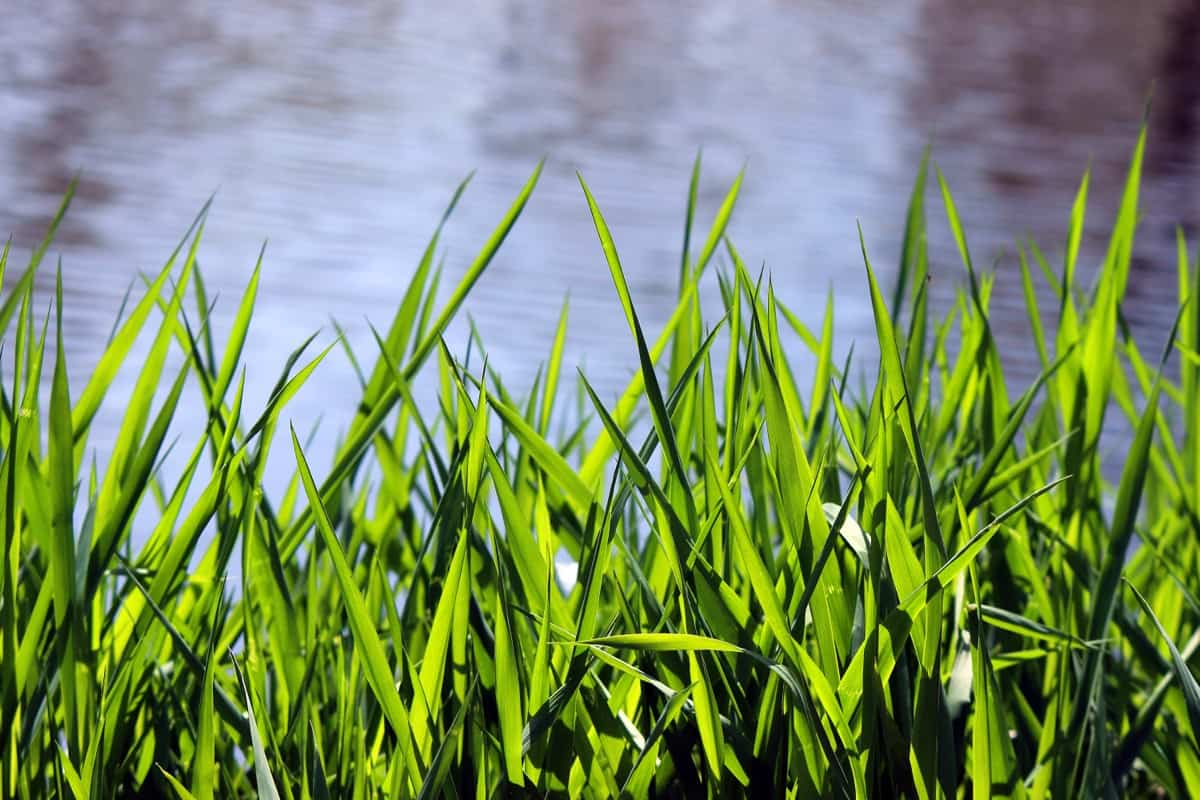
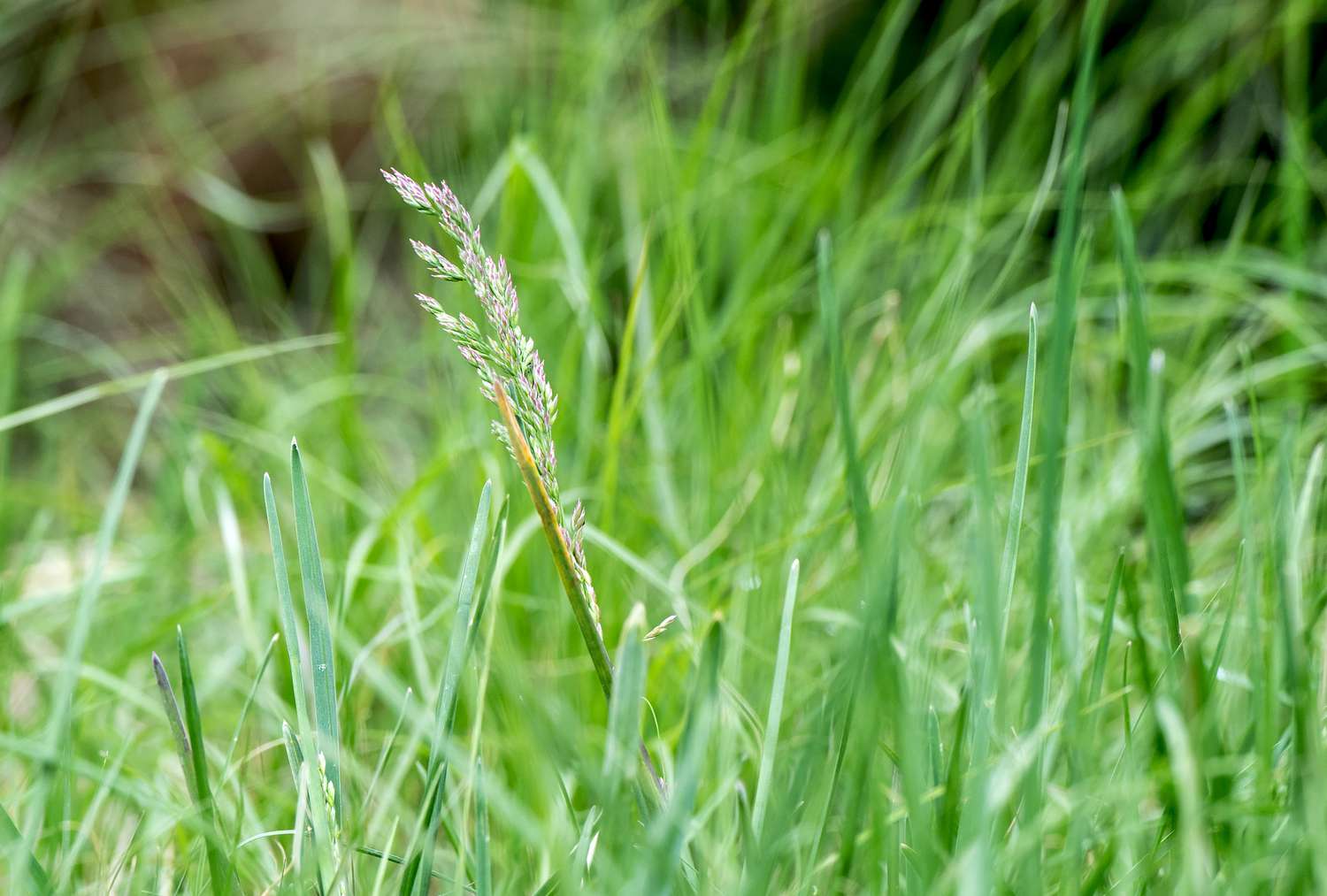
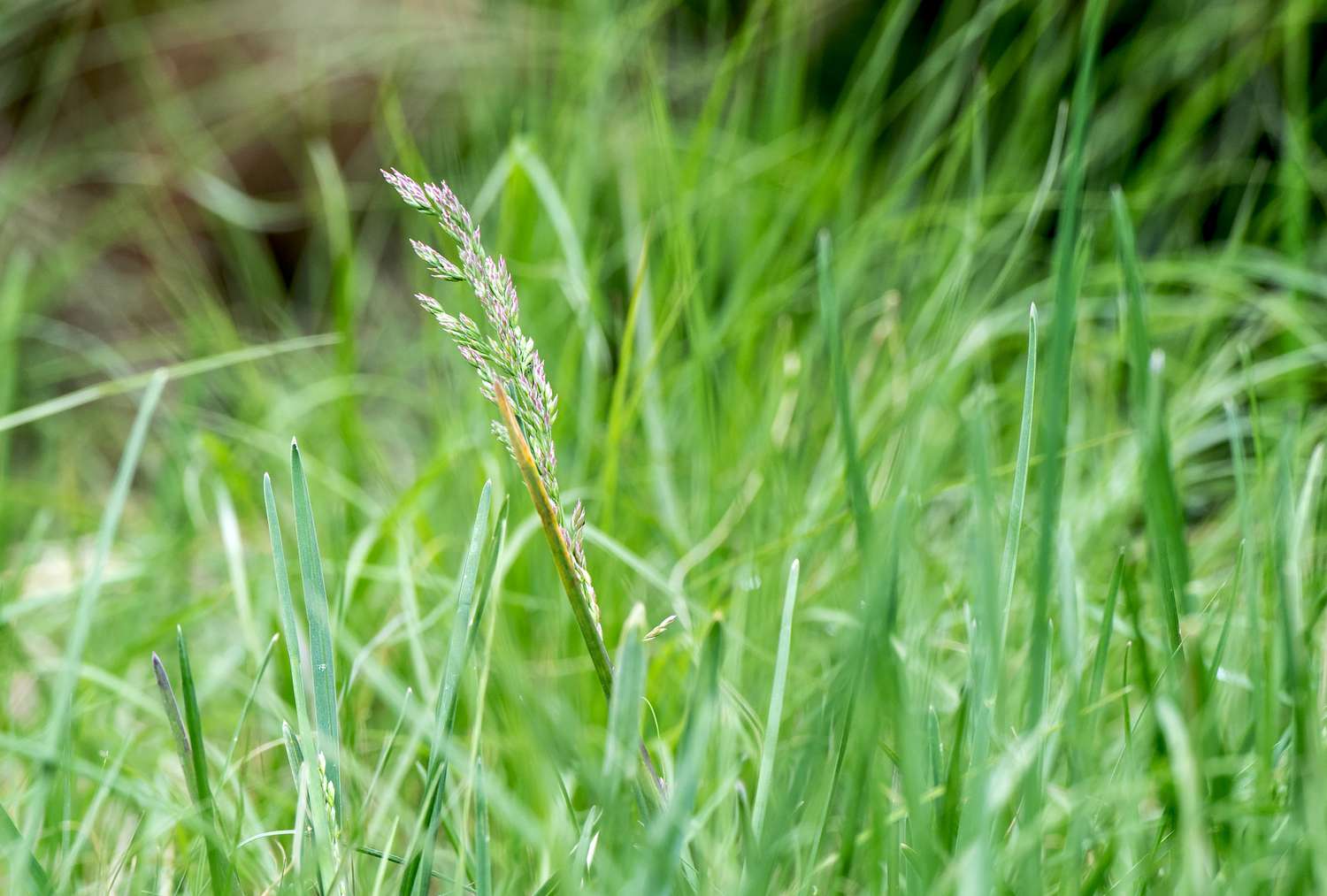
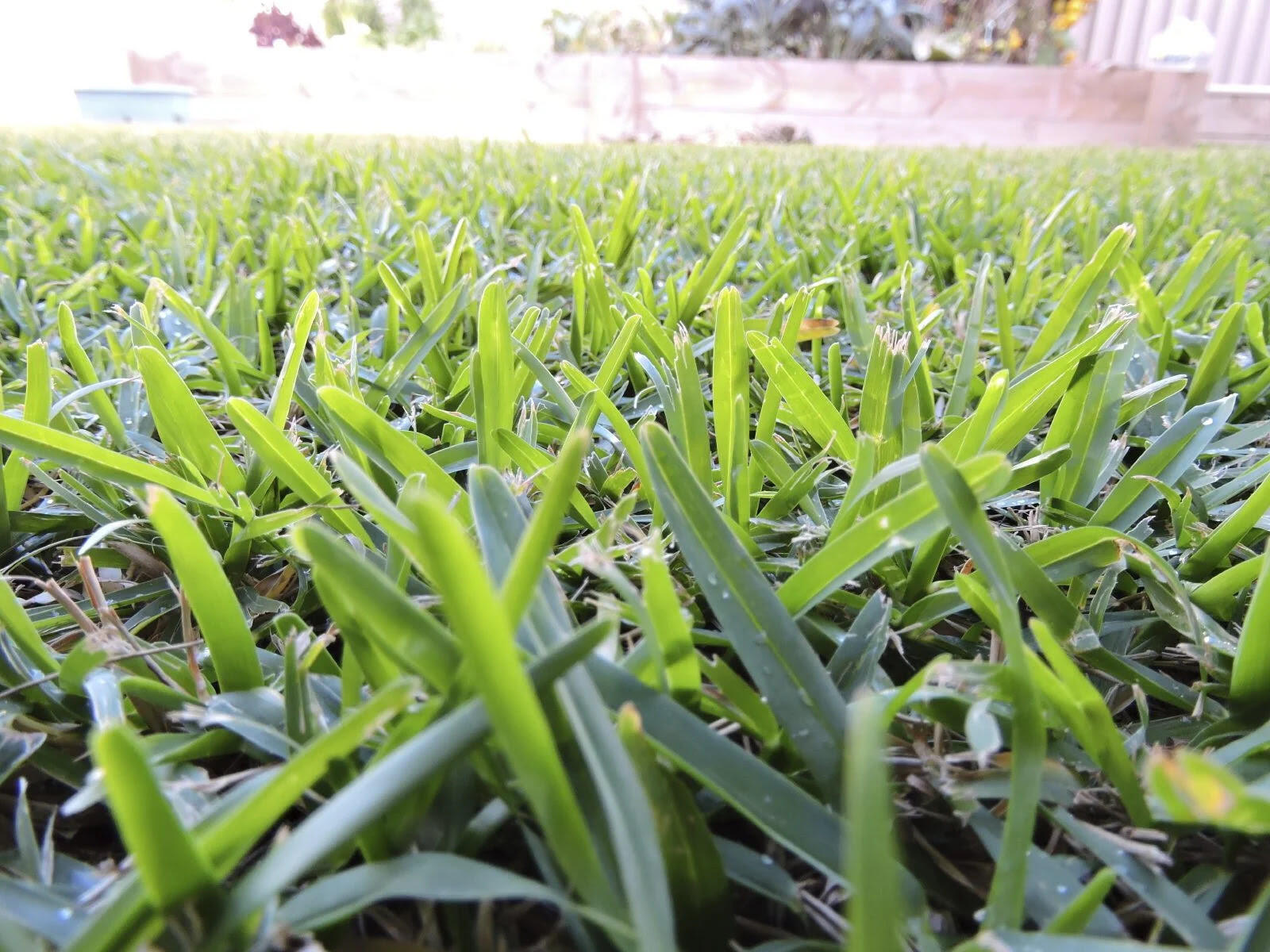
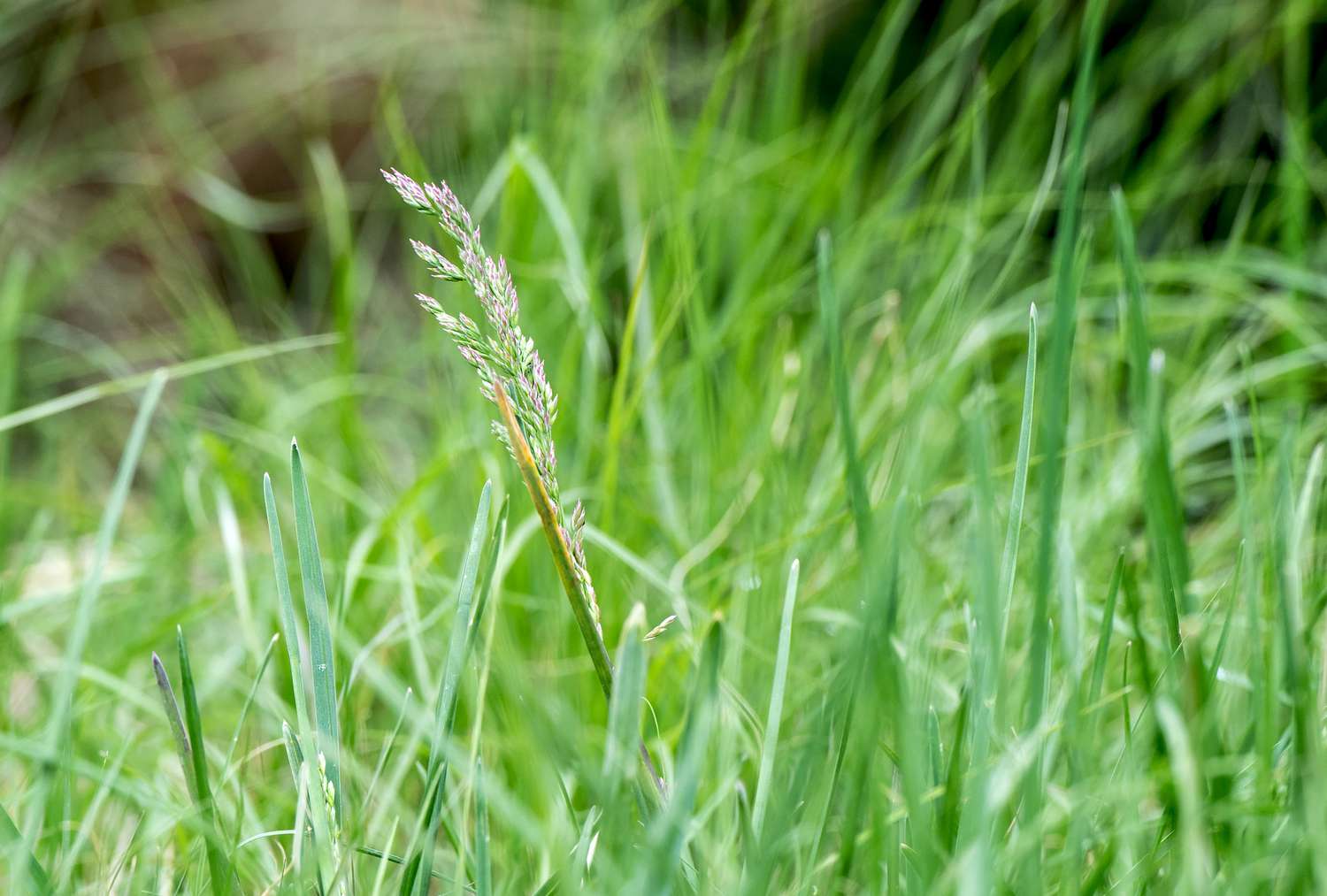
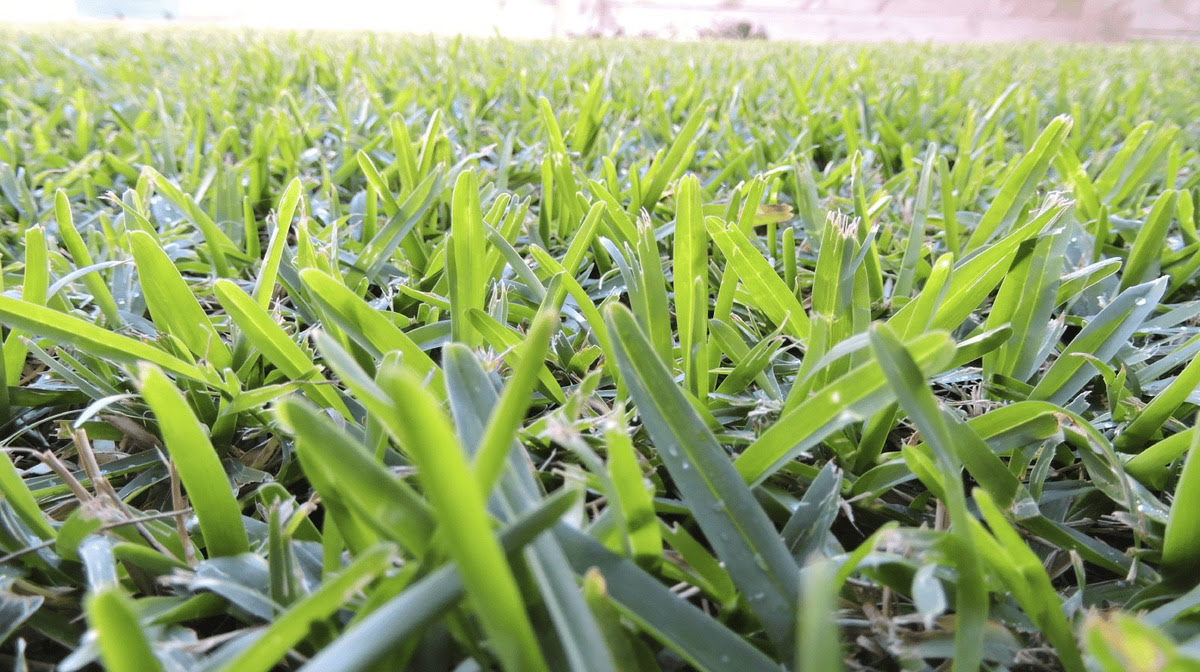
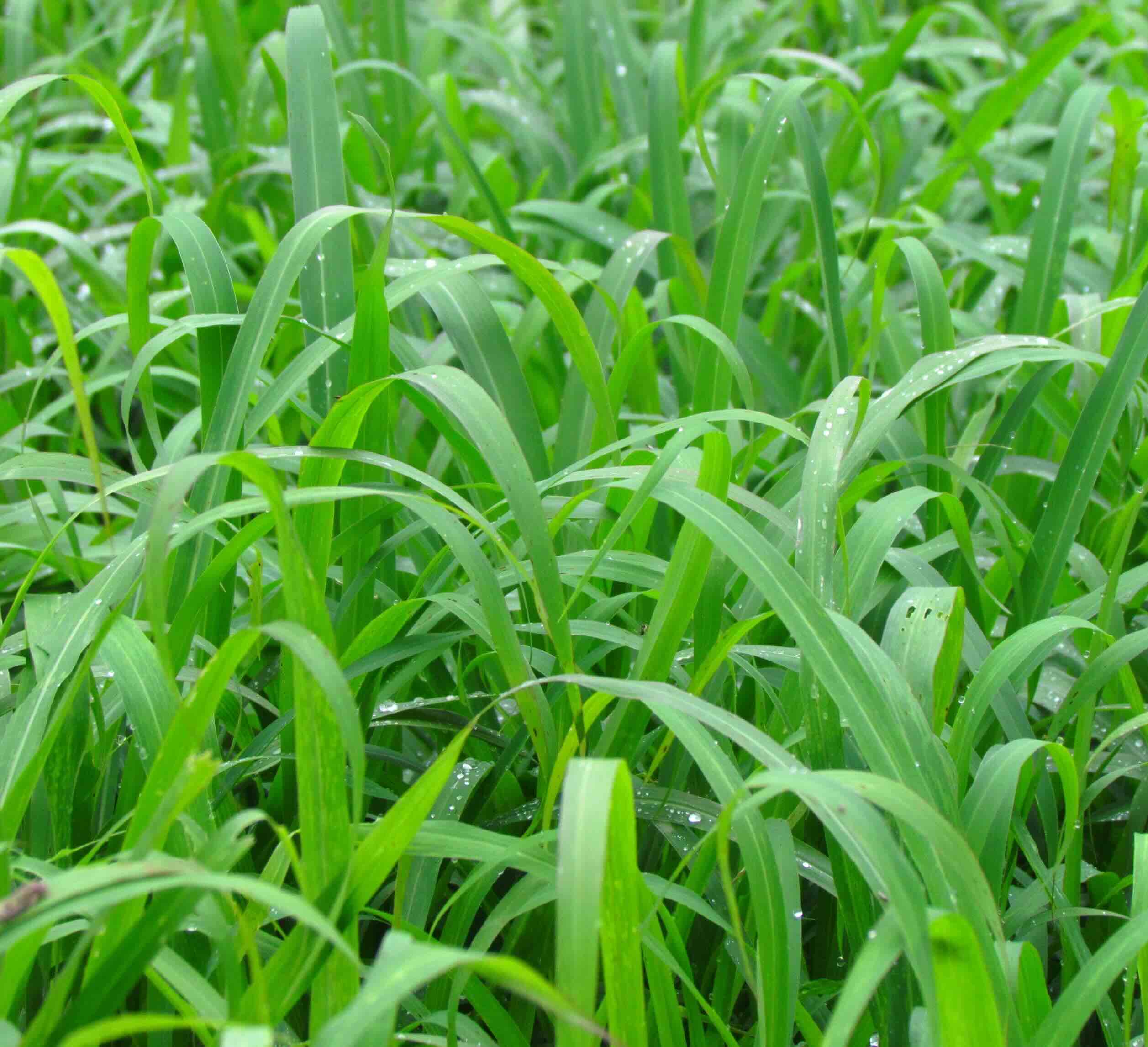
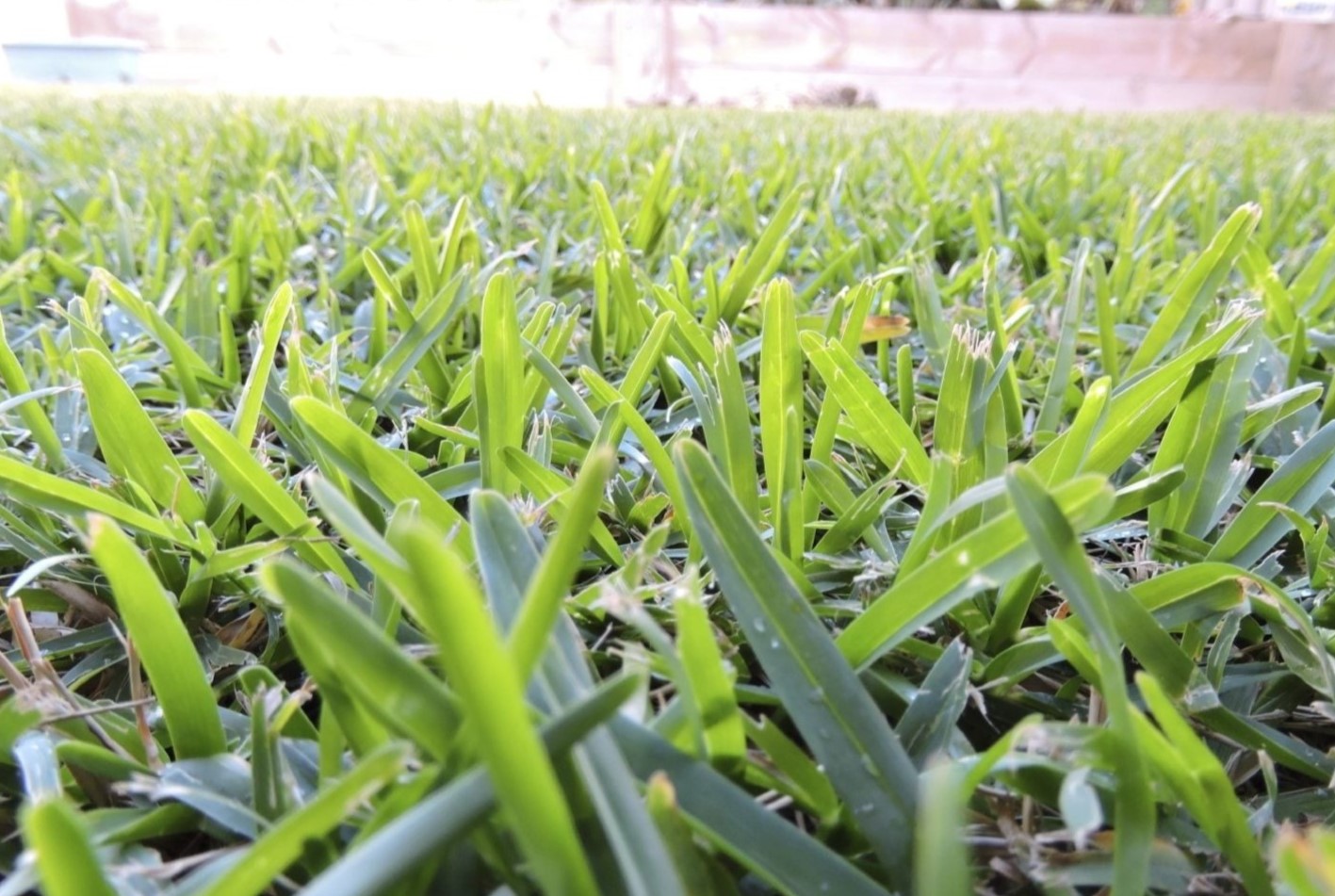
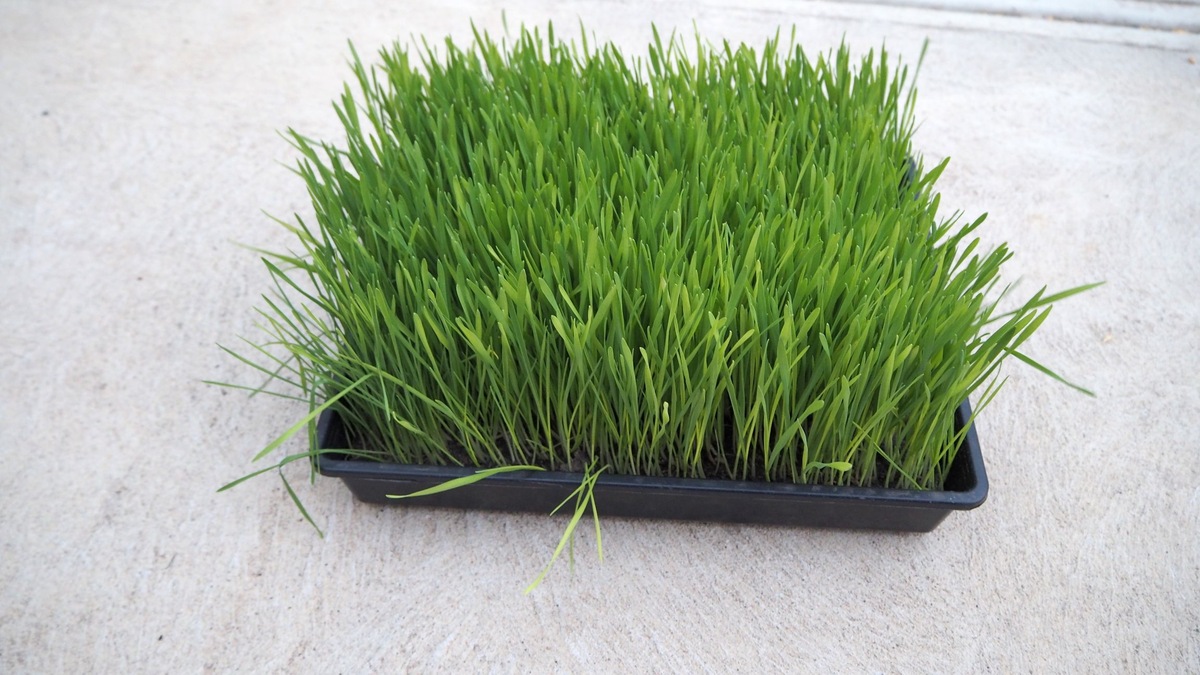

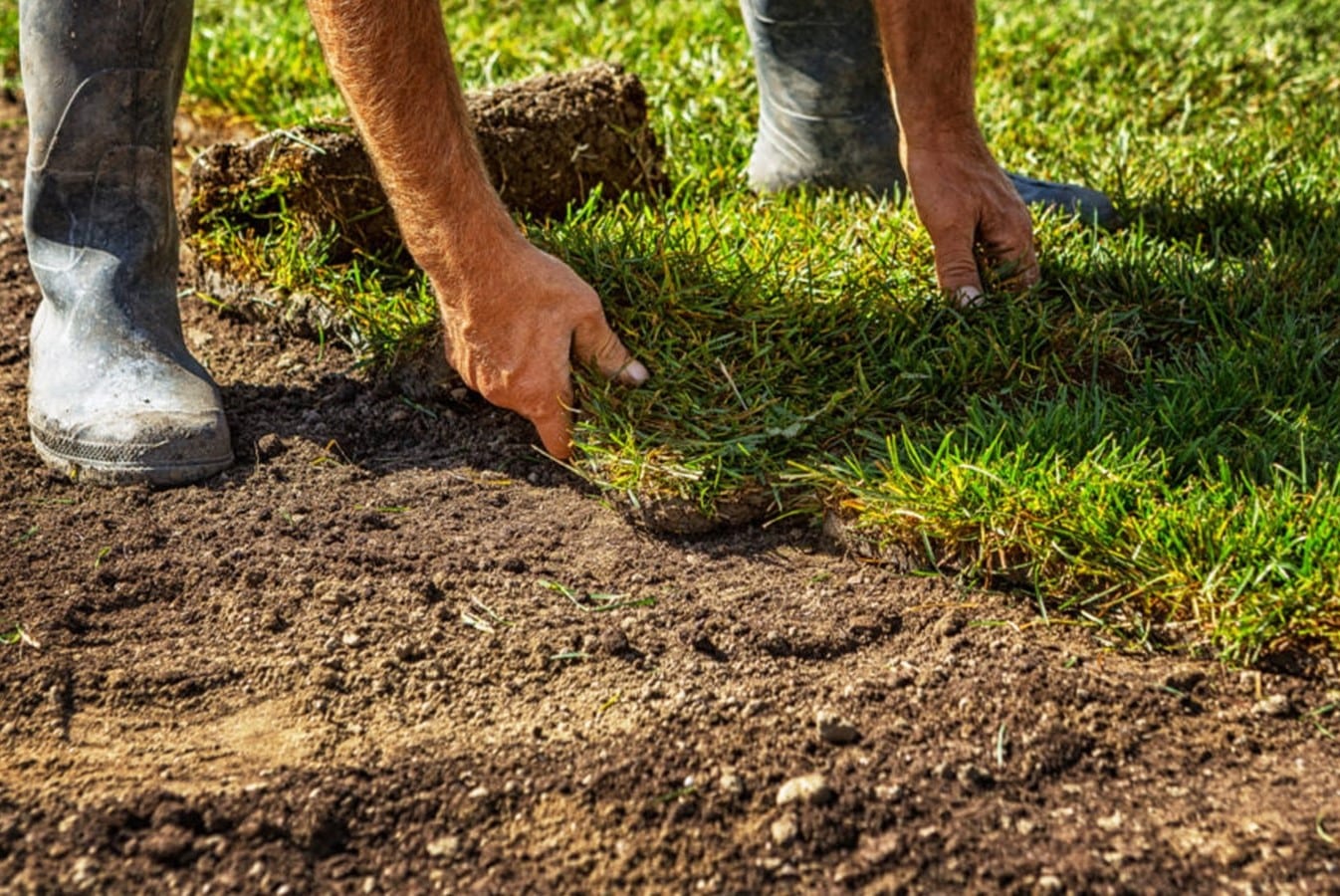
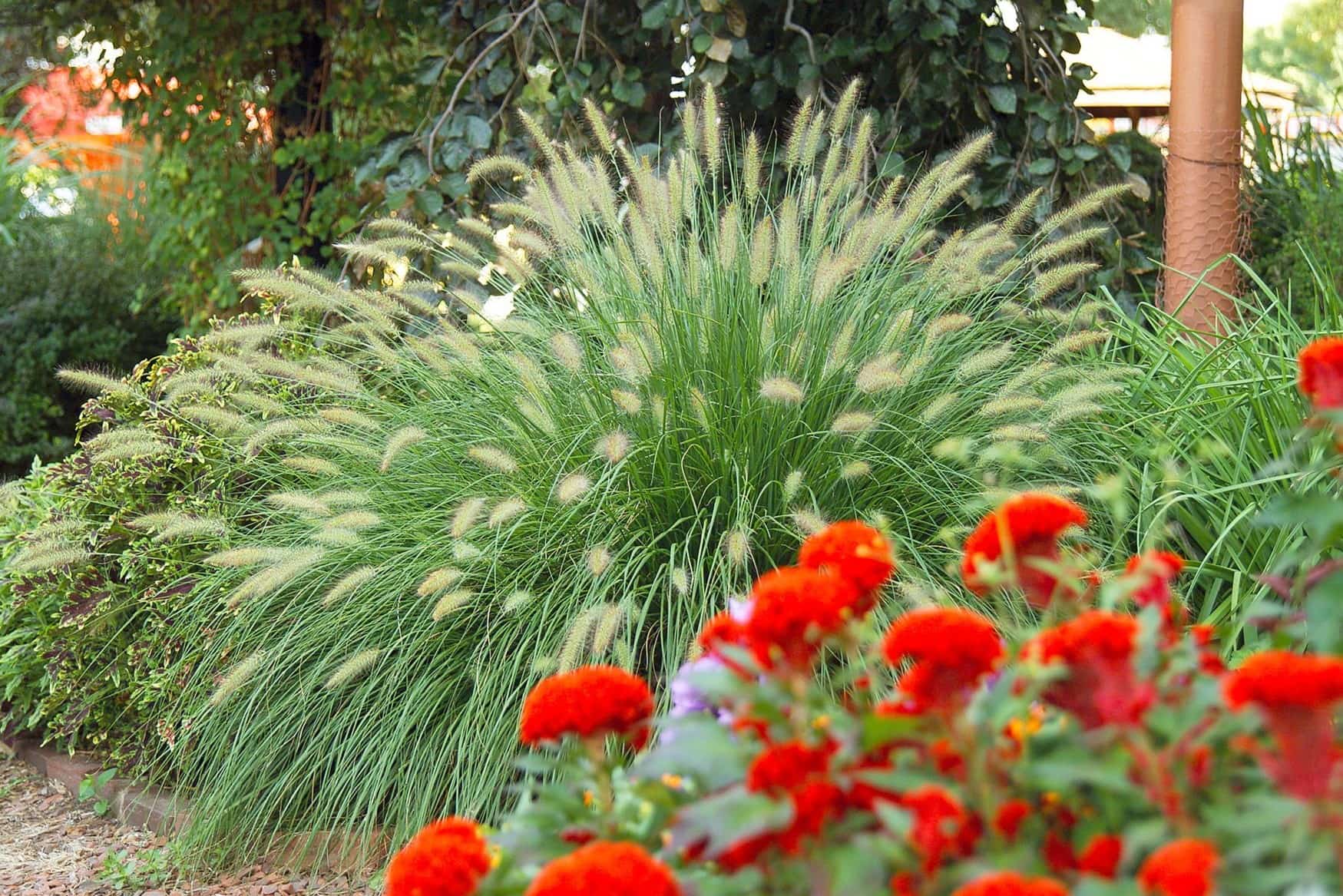
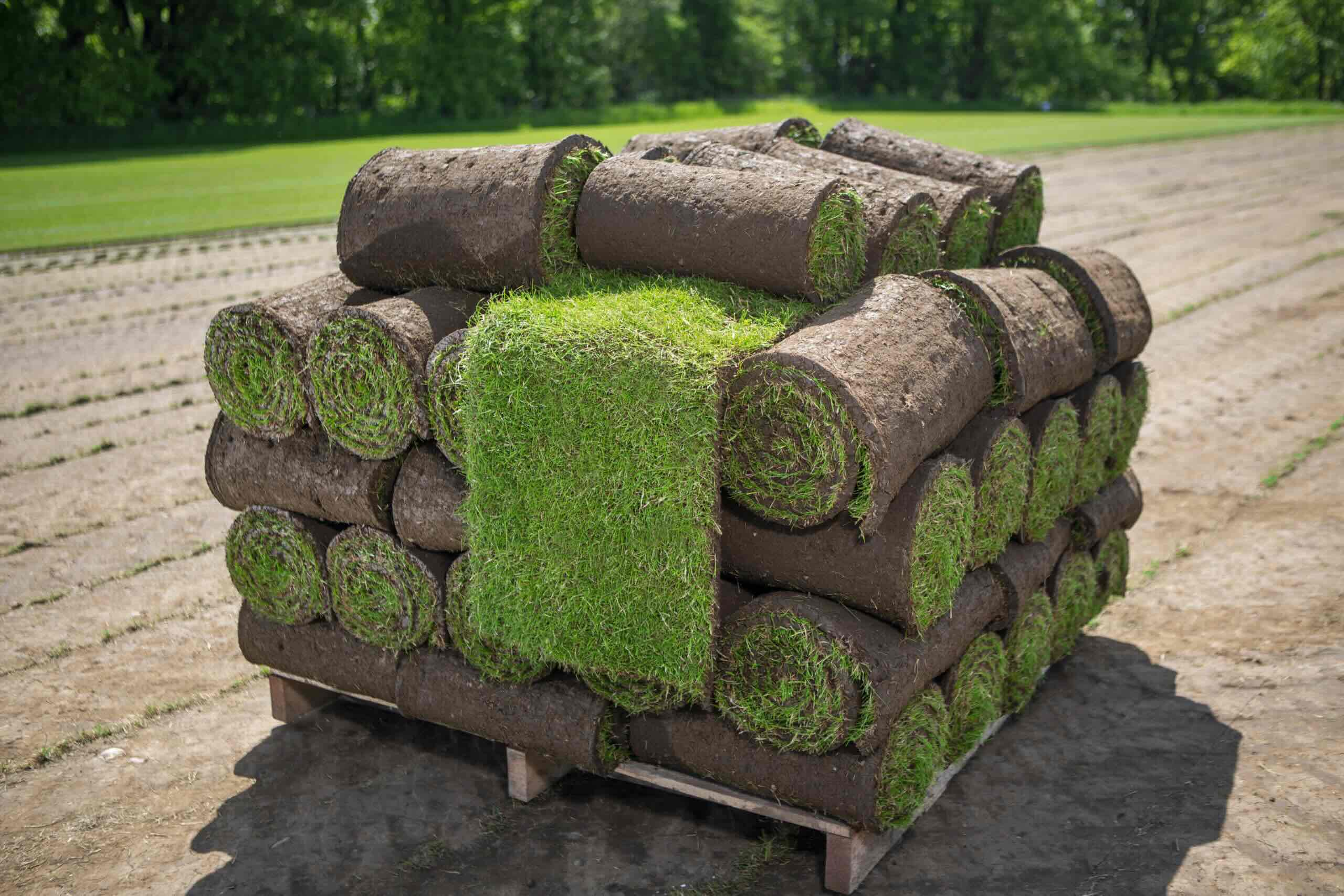
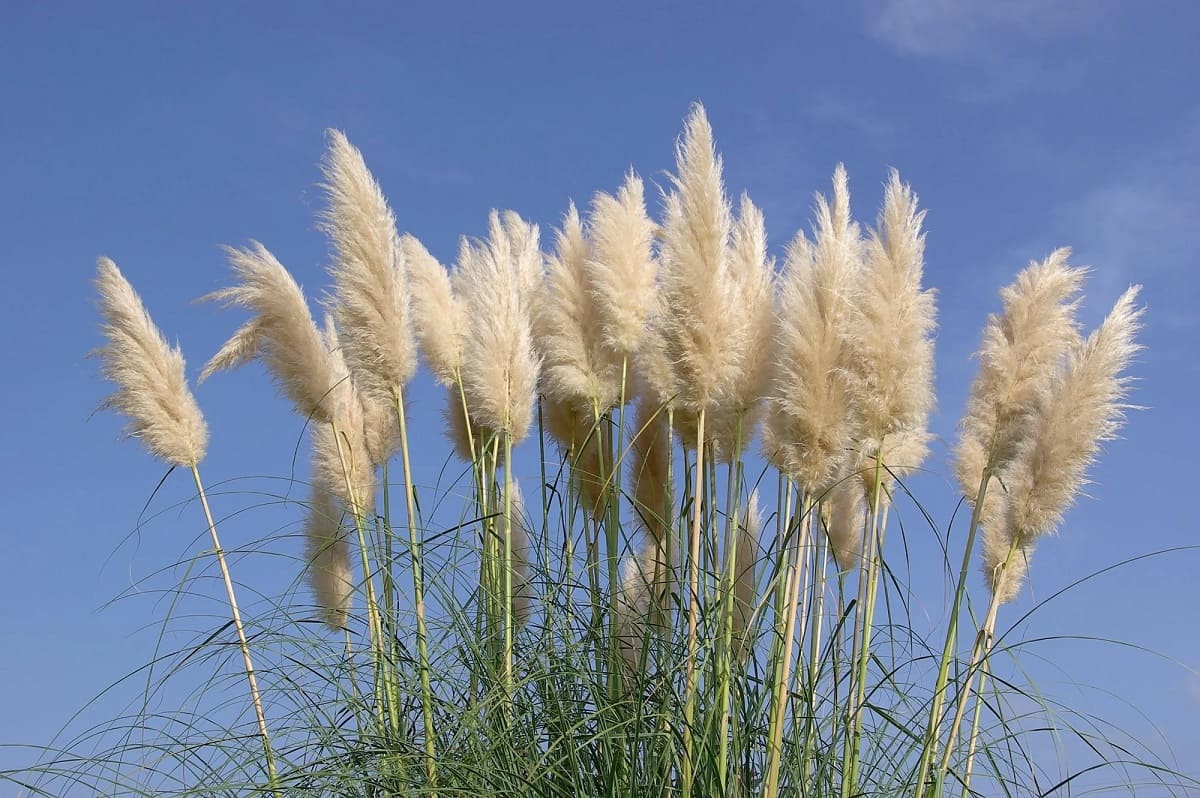

0 thoughts on “How To Plant Buffalo Grass”